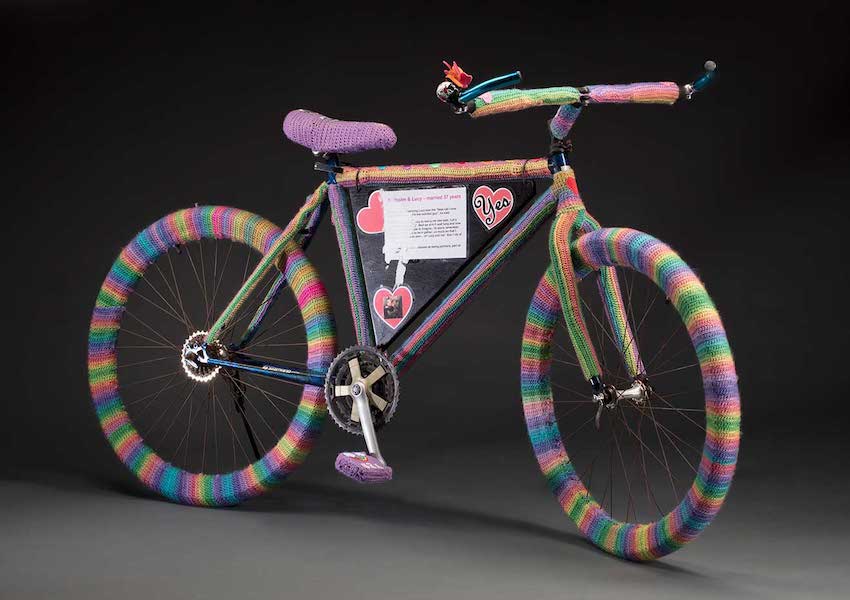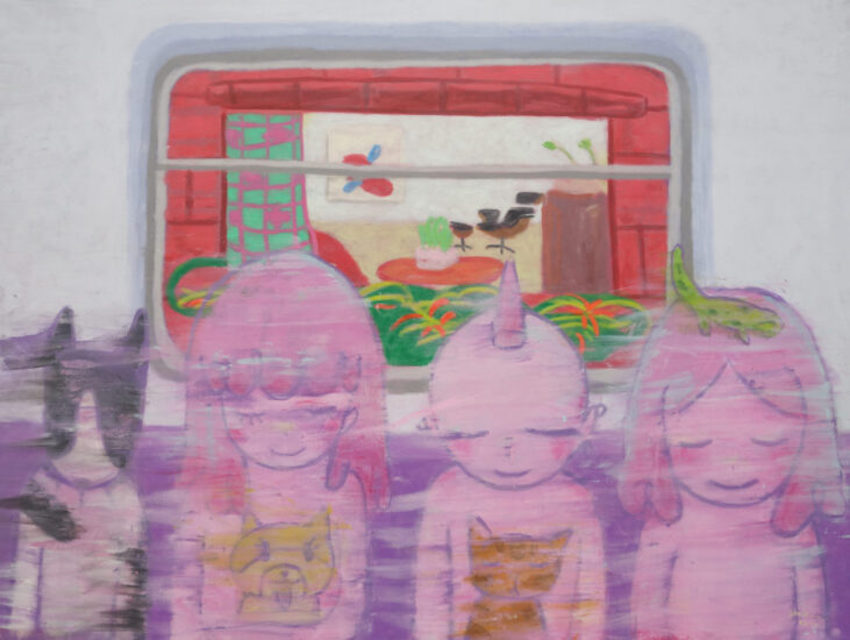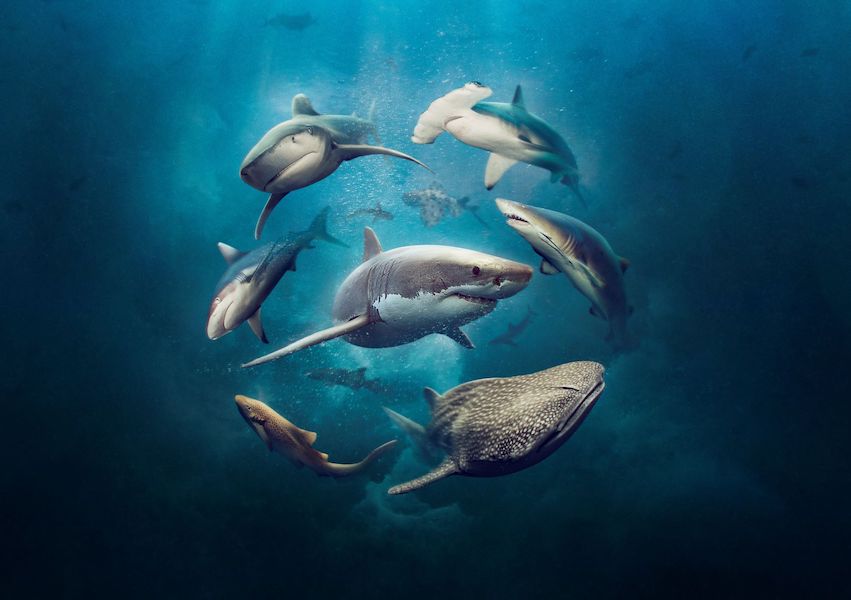
MICHAEL STEVENSON
The first encounter in Michael Stevenson’s MCA show is with a huge sail; weathered, erect, obscuring the raft to which it is attached, and – for the instant you are struck by it – its possible meaning. This is the first of a number of ‘blockages’ in Stevenson’s show, the first survey to be held of his work of the last 20 years. Throughout it we encounter walls – sculptural, conceptual, historical. The very walls of the MCA have been altered – its inner workings exposed, its history displayed, old passages blocked and new ones opened. Using his strange, mythic, displaced objects, Stevenson shows us that every wall, every blockage, is in fact an opening, an encounter, a transformative threshold.
The whole body of work here seems to deal in thresholds – between real and fake, art object and historical artifact, cause and effect. Stevenson is particularly concerned with historical and economic intersections and the objects that populate them. The collection reflects this concern in the mammoth raft (The Gift), a recreation of raft built by mid-20th century artist Ian Fairweather, in the imagined newspaper headlines about the strange concomitance of the transformation of the New Zealand economy and the residency of infamous German artist Jörg Immendorff at the Auckland Art Gallery (Revolutions in New Zealand), and in his replica of Bill Phillips fantastical machine demonstrating the principles of Keynesian economic management through a series of pumps and flows of water (The Fountain of Prosperity).
Each of the objects in the show seems imbued with a strange past; the murky and disorienting events of recent history, so often unfixed and confused by multiple living interpretations. There is a collection of skillfully rendered sketches featuring Patty Hearst and her (so-called) captors, the restoration of Guernica after it was tagged by another artist, and numerous representations or reinterpretations of other artists’ work. Everywhere Stevenson seems determined to push the boundaries of what it is that constitutes art – drawing other artworks, recreating objects of other people’s design, imagining histories.
This is one of those rare exhibitions that deals very much in atmosphere; it’s about bringing people together with these strange objects, eliciting their latent sculptural qualities, inviting a viewer to populate them with their own histories – there is a distinct and very refreshing lack of interpretation already assigned to Stevenson’s work. This makes the show complex, challenging and intriguing – Stevenson opens a space somewhere between the historical and the mythic, stretching the boundaries that define each and making each of us a becoming-sculptor, becoming-economist, becoming-historian, or perhaps a becoming-artist.
For all this serious and probing atmosphere, there is also a rich sense of humour and irony running through the show. Stevenson is an insightful and creative artist, who trades in histories, exchanges, myth and recontextualised objects. The MCA survey is a fascinating introduction to his work, exploring the inner workings and strange doublings at play throughout. The last show to be held in the current MCA space before its renovations, it’s worth checking this show out for the deconstructed gallery space alone. Throw in Michael Stevenson’s incredible and engaging collection, and you can’t go far wrong.
Apr 6-Jun 19, Museum of Contemporary Art, The Rocks, 9245 2400, mca.com.au









